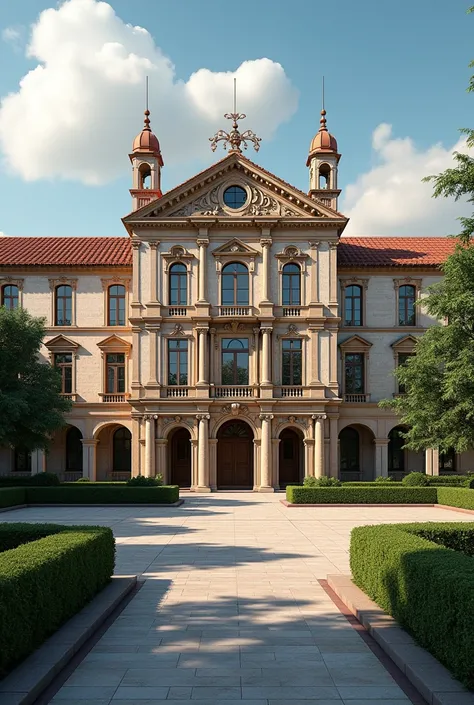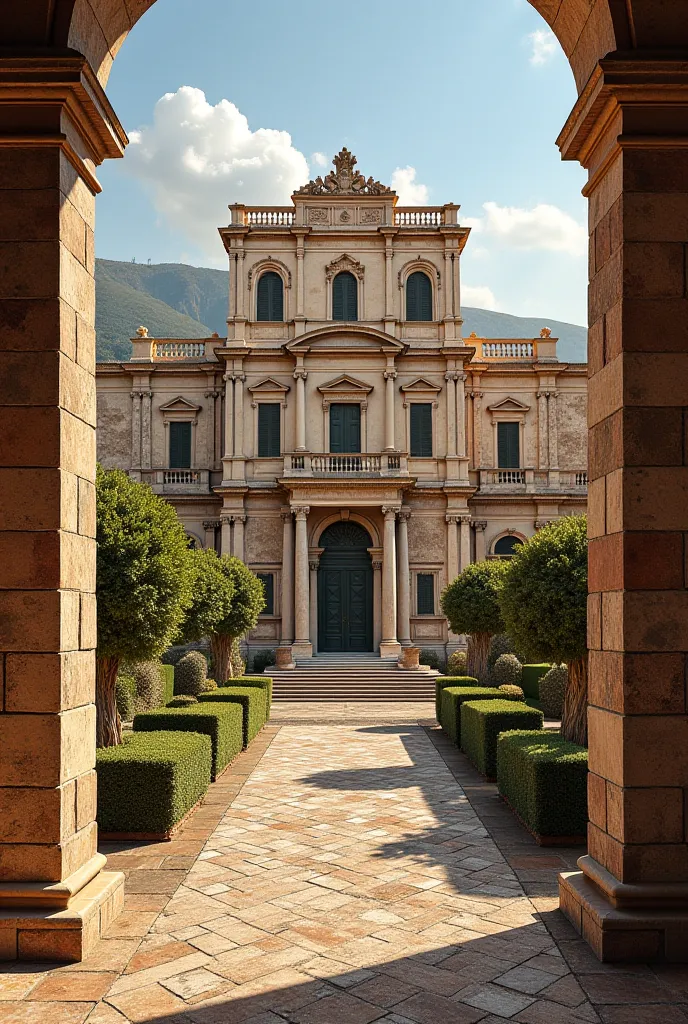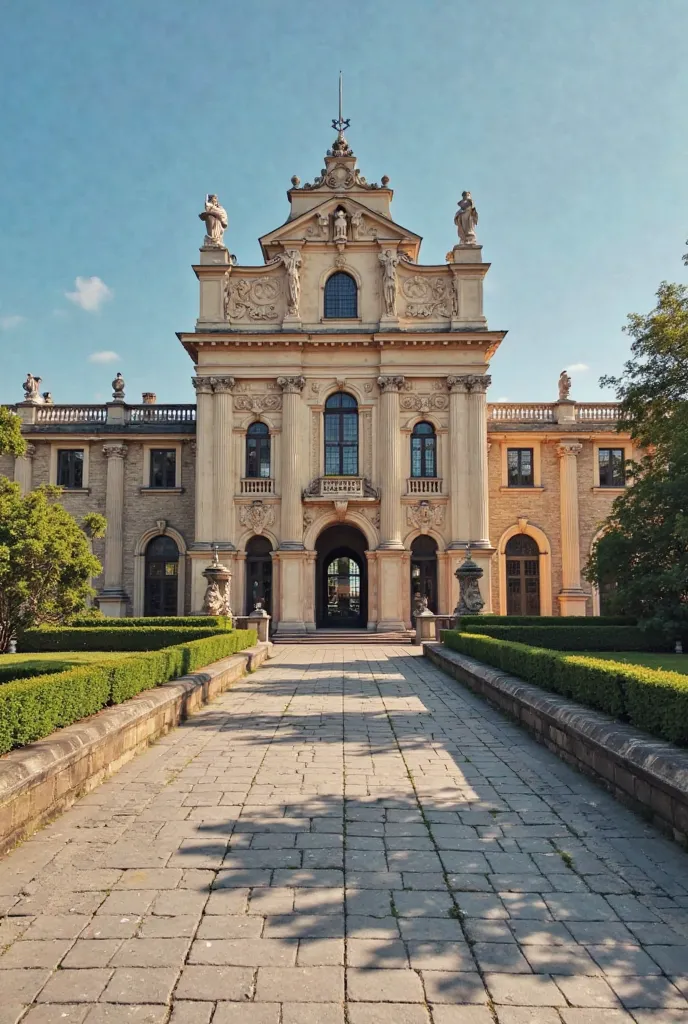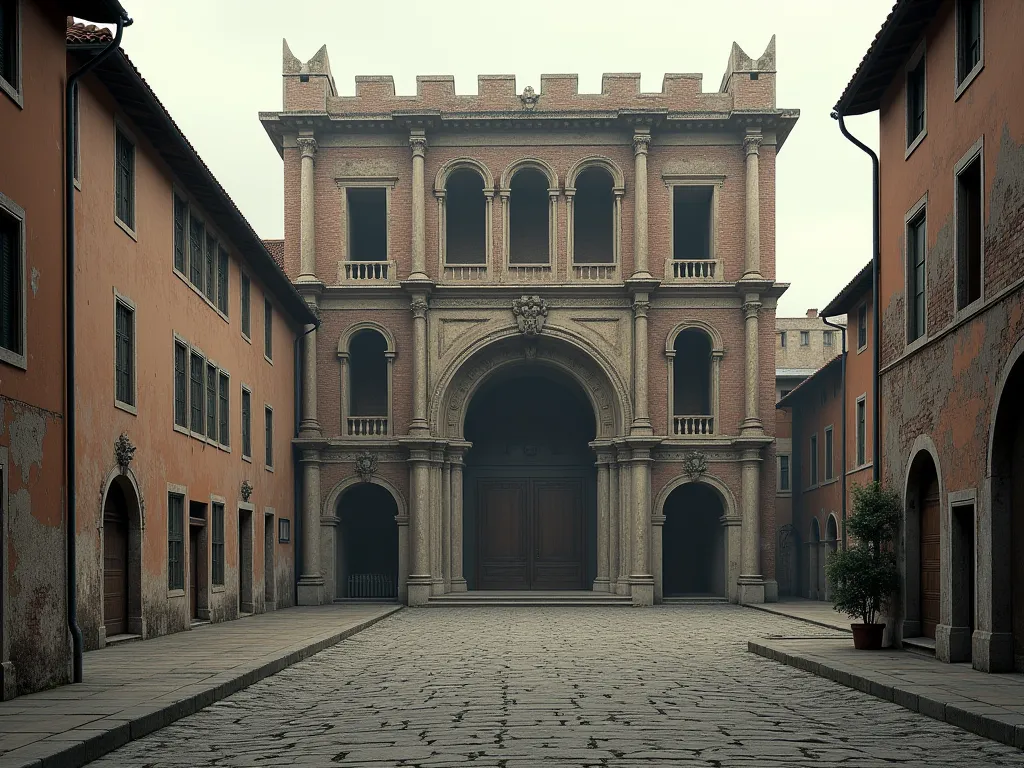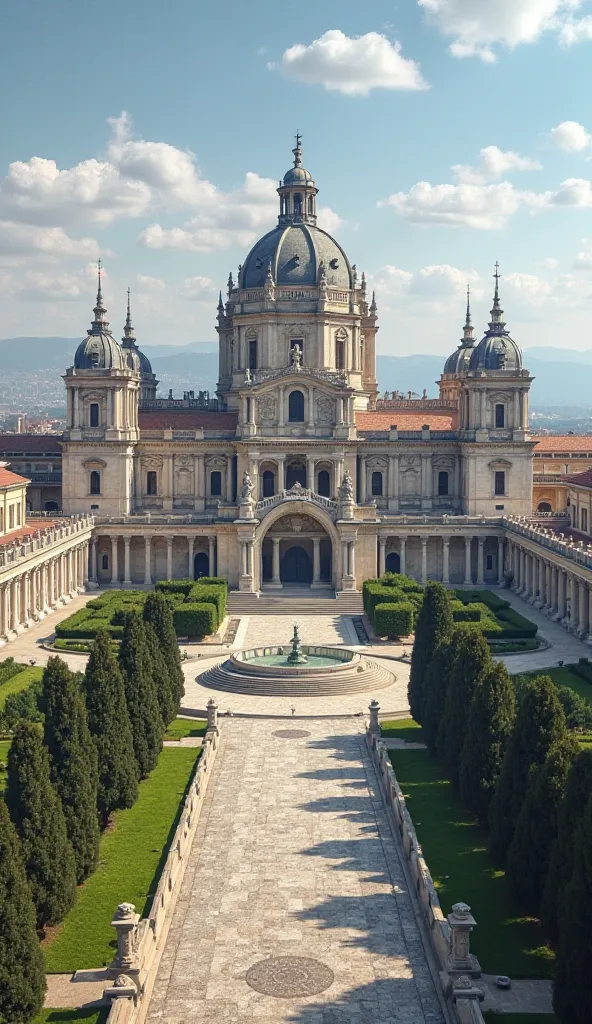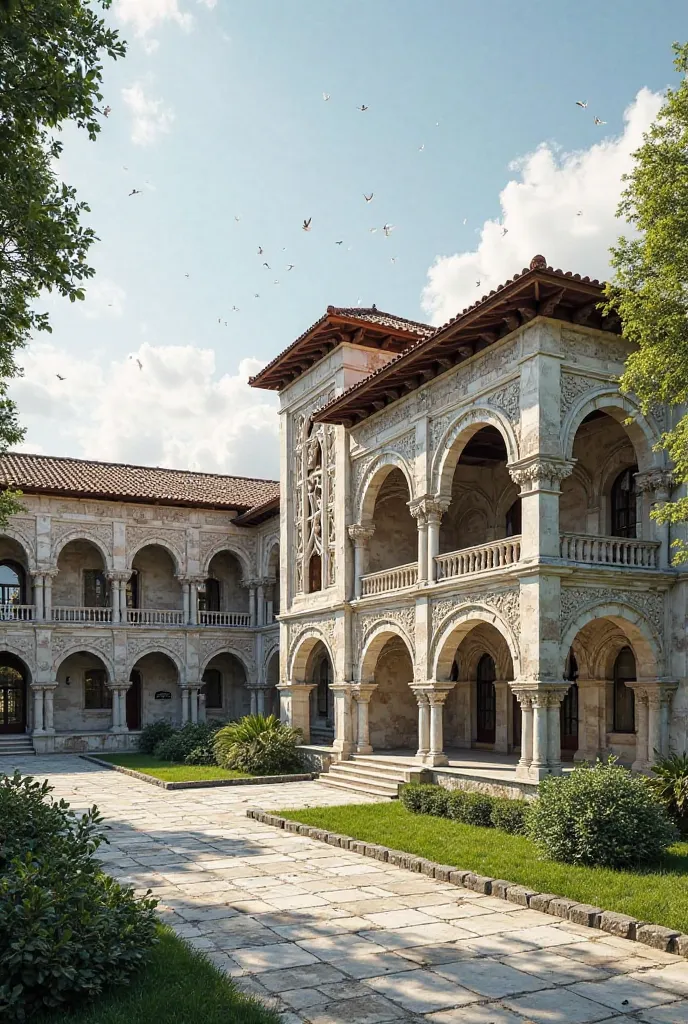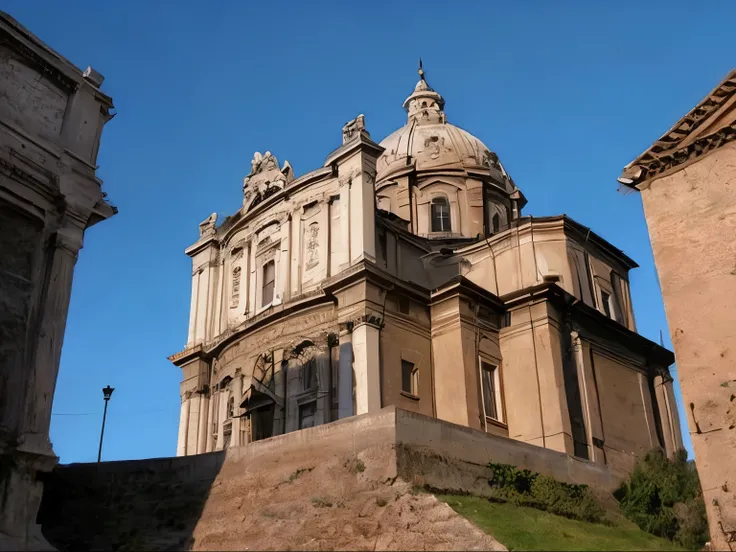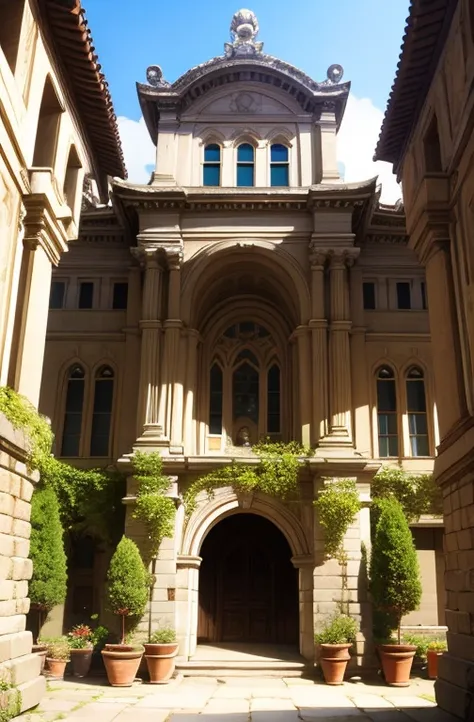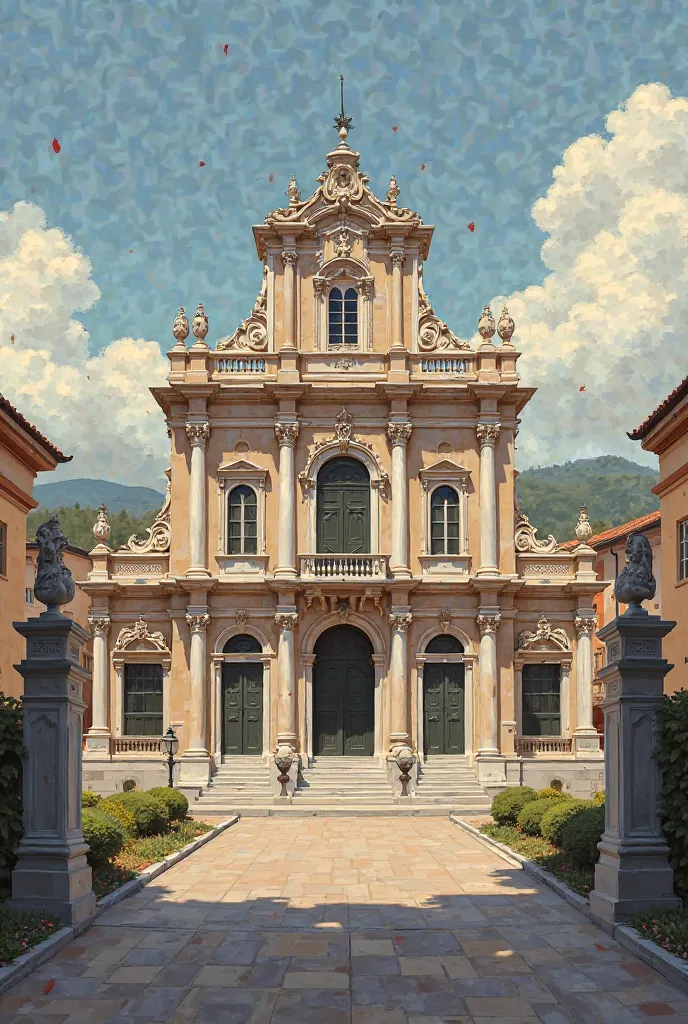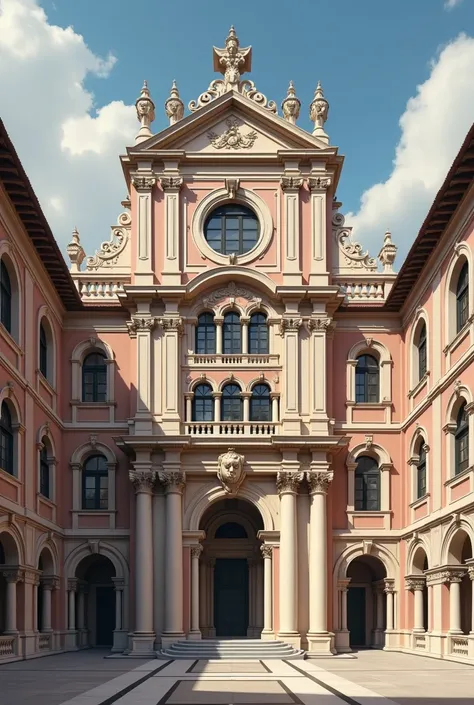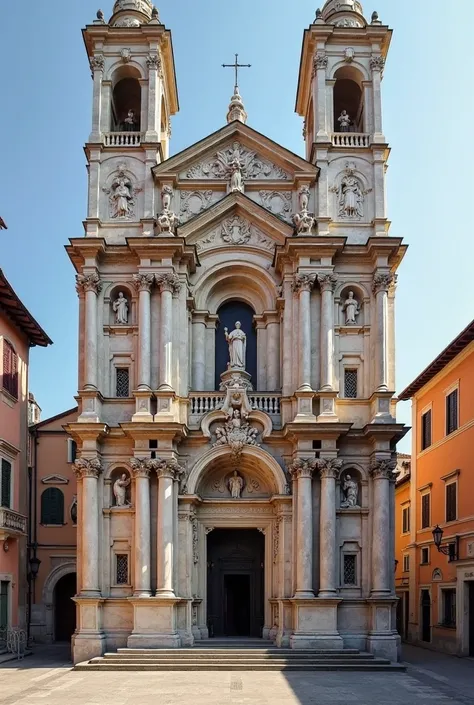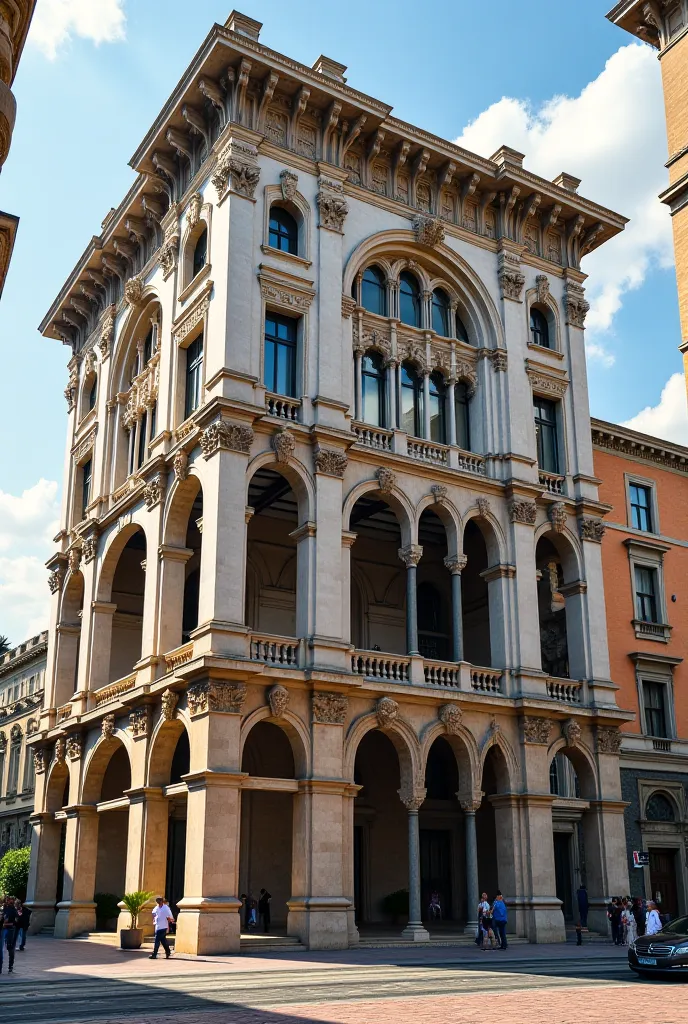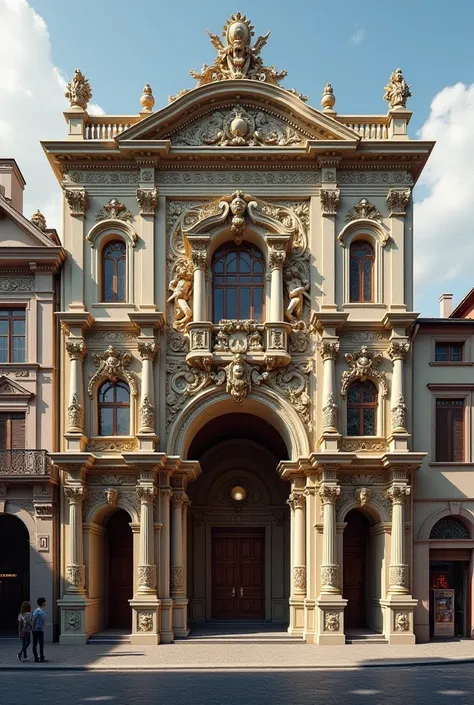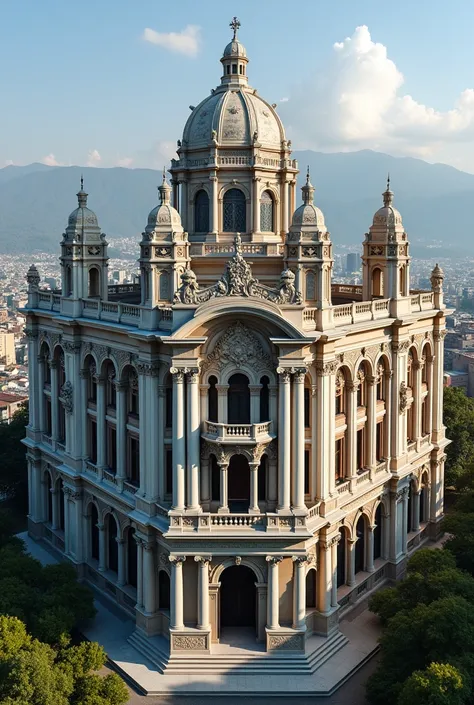The crisis of balance and ideal proportions of the Renaissance can be observed i

The crisis of balance and ideal proportions of the Renaissance can be observed in the architecture of the Piccolomini Palace., Designed by architect Bernardo Rossellino. This palace, built in Pienza, Italy, It is a significant example of how Renaissance ideas about harmony and proportion began to be challenged and reinterpreted in the context of Mannerism.. 1. **Deviation from classical proportions:** During the Renaissance, The architects sought perfect balance and ideal proportions based on the principles of classical antiquity.. However, at the Piccolomini Palace, You can notice certain irregularities and a lack of the strict symmetry that characterized Renaissance architecture.. This reflects a transition towards a more free and experimental approach in architectural design.. 2. **asymmetrical composition:** Unlike Renaissance buildings that emphasized symmetry and uniformity, The Piccolomini Palace presents a composition that may seem asymmetrical. This design choice suggests a break with the idea that beauty is based solely on proportion and symmetry., opening the door to new forms of artistic expression. 3. **Decorative elements and ornamentation:** The ornamentation of the palace also reflects this crisis of ideal proportions.. Rossellino incorporates decorative elements that, although beautiful, They may appear excessive or disproportionate compared to the overall structure of the building.. This indicates a shift towards a more expressive and less rigid style., where decoration plays a crucial role in the perception of space. 4. **Influence of cultural context:** The construction of the Piccolomini Palace takes place at a time when Renaissance ideas were being questioned by new currents of thought.. The search for individuality and personal expression in art and architecture began to prevail., which
Generation Data
Registro
Prompts
Copiar prompts
The crisis of balance and ideal proportions of the Renaissance can be observed in the architecture of the Piccolomini Palace
.,
Designed by architect Bernardo Rossellino
.
This palace
,
built in Pienza
,
Italy
,
It is a significant example of how Renaissance ideas about harmony and proportion began to be challenged and reinterpreted in the context of Mannerism
..
1
.
**Deviation from classical proportions:** During the Renaissance
,
The architects sought perfect balance and ideal proportions based on the principles of classical antiquity
..
However
,
at the Piccolomini Palace
,
You can notice certain irregularities and a lack of the strict symmetry that characterized Renaissance architecture
..
This reflects a transition towards a more free and experimental approach in architectural design
..
2
.
**asymmetrical composition:** Unlike Renaissance buildings that emphasized symmetry and uniformity
,
The Piccolomini Palace presents a composition that may seem asymmetrical
.
This design choice suggests a break with the idea that beauty is based solely on proportion and symmetry
.,
opening the door to new forms of artistic expression
.
3
.
**Decorative elements and ornamentation:** The ornamentation of the palace also reflects this crisis of ideal proportions
..
Rossellino incorporates decorative elements that
,
although beautiful
,
They may appear excessive or disproportionate compared to the overall structure of the building
..
This indicates a shift towards a more expressive and less rigid style
.,
where decoration plays a crucial role in the perception of space
.
4
.
**Influence of cultural context:** The construction of the Piccolomini Palace takes place at a time when Renaissance ideas were being questioned by new currents of thought
..
The search for individuality and personal expression in art and architecture began to prevail
.,
which
INFO
Checkpoint & LoRA

Checkpoint
SeaArt Infinity
#Realista
#Fotografía
#SeaArt Infinity
0 comentario(s)
1
1
0












